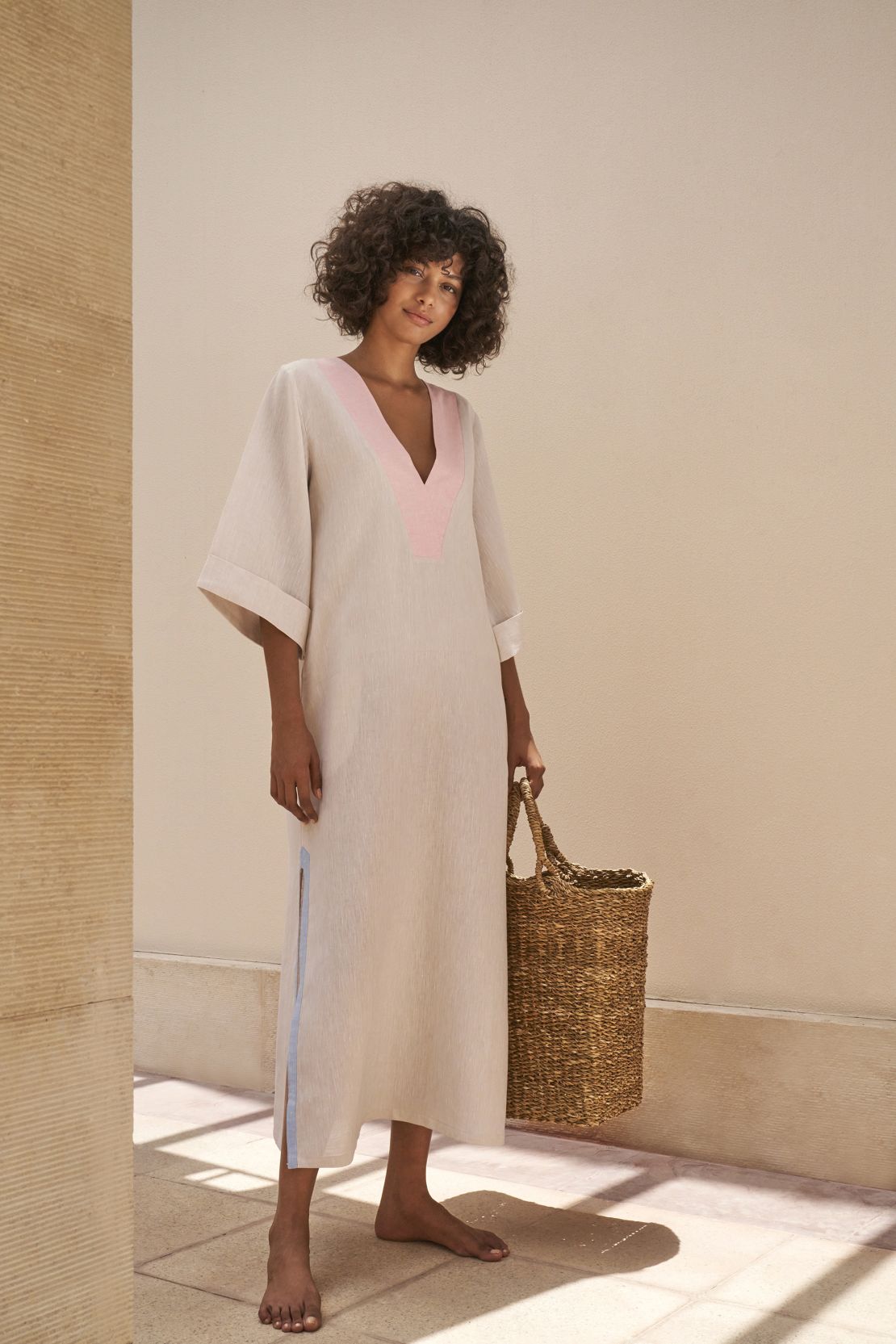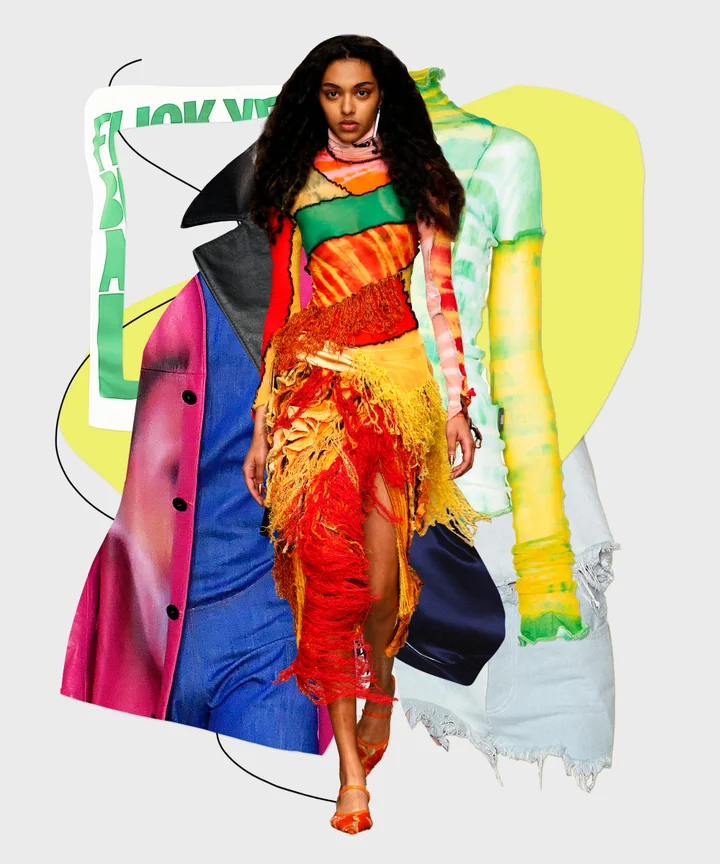Joyful Period Style: Eastern Wear Pakistan Styles for each Celebration
Joyful Period Style: Eastern Wear Pakistan Styles for each Celebration
Blog Article
Unlock the Keys of Ageless Eastern Put On
Checking out the enigmatic world of classic Eastern wear explores a world where culture, history, and creativity merge to develop garments that go beyond plain textile and thread. The elaborate tapestry of custom intertwined with contemporary aspects uses a look right into a globe where every stitch narrates, every motif a symbol of value. Revealing the tricks behind these creations introduces a tapestry of heritage waiting to be unraveled, inviting one to journey through the aerial appeal and aura of Eastern fashion.
History of Eastern Style
The background of Eastern fashion dates back centuries, showing the rich cultural heritage and practices of varied regions across Asia. Each region boasts its distinct styles, textiles, and styles that have been affected by variables like environment, faith, social standing, and profession paths. eastern wear pakistan. As an example, the intricate silk garments of China signify sophistication and class, while the dynamic saris of India showcase a kaleidoscope of colors and patterns.
In Japan, the kimono has been a sign of custom and improvement for generations, with various styles used for numerous events. The history of Eastern style is a tapestry of innovation and custom, mixing old techniques with modern influences to create a vibrant and ever-evolving industry.
Importance of Typical Outfit
Typical outfit functions as a social emblem, embodying the values, ideas, and heritage of areas in Eastern societies. eastern wear pakistan. These garments are not merely items of material however are symbolic representations of the rich background and traditions passed down through generations. In Eastern societies, standard outfit plays a significant function in events, events, and life, showing the social condition, local associations, and also marriage status of individuals
The value of standard clothing surpasses aesthetics; it is a way for individuals to link with their origins and express satisfaction in their social identification. Each garment, from the elaborate sarees of India to the moving hanboks of Korea, carries with it a story of workmanship, importance, and meaning that is deeply deep-rooted in the fabric of culture.
In addition, standard outfit works as an aesthetic language, interacting tales of unity, triumph, and strength. By using these garments, individuals not just honor their heritage but additionally add to the conservation and party of their social tradition.
Development of Eastern Embroideries
Eastern needleworks have a rich history that covers centuries and have continually progressed to integrate varied cultural influences and react to changing artistic trends. The development of Eastern needleworks can be mapped back to old civilizations where complex layouts were hand-stitched onto fabrics utilizing standard strategies.

Today, Eastern needleworks remain to evolve, blending typical craftsmanship with modern-day style sensibilities to develop classic pieces that commemorate the beauty of multiculturalism and artistic advancement.
Elegant Fabrics in Eastern Wear
Elegant textiles play a pivotal duty in boosting the visual charm and high quality of Eastern wear, enhancing the overall attraction and refinement of typical garments. Eastern wear is renowned for its luxurious textiles that not only reflect the region's rich social heritage however additionally symbolize sophistication and elegance. Silk, a fabric synonymous with luxury, is often used in crafting Eastern attire, presenting a glossy shine and a soft, smooth texture. The fine strings of silk not just curtain magnificently however likewise add a touch of extravagance to outfits.
In addition to silk, textiles like chiffon, velvet, and brocade are additionally typically included in Eastern wear. These elegant materials not just elevate the visual charm of Eastern wear yet also ensure a sense of refinement and refinement that transcends time.
Incorporating Eastern Style Today
In contemporary fashion landscapes, the assimilation of Eastern affects presents a harmonious combination of social heritage and modern-day looks. Designers and fashion lovers alike are accepting the page abundant tapestry of Eastern fashion, integrating typical elements right into contemporary shapes and designs. From elaborate needlework to lavish textiles and lively colors, Eastern fashion today uses a varied series of alternatives that satisfy a worldwide target market.
One means Eastern style is making its mark in modern closets is via the adjustment of traditional garments such as the bathrobe, saree, or qipao right into daily wear. These pieces, once reserved see here now for unique celebrations, are now reimagined in more informal types, enabling for their incorporation right into everyday fashion selections. Furthermore, the use of traditional patterns and concepts in Western-style garments adds a touch of unique style to contemporary outfits.

Final Thought
Finally, exploring the abundant history, relevance, and development of Eastern fashion introduces an ingrained link to heritage and worths. The luxurious textiles and complex embroideries of Eastern use display the adaptability and eternity of conventional styles. Incorporating Eastern influences in modern fashion enables a combination of custom and technology, developing an unified balance in between the past and today.
Luxurious fabrics play a pivotal duty in boosting the visual charm and top quality of Eastern wear, improving the general allure and elegance of typical garments. Designers and style lovers alike are accepting the abundant tapestry of Eastern style, incorporating traditional aspects right into contemporary shapes and designs. From elaborate needlework to luxurious materials and vivid colors, Eastern fashion today supplies a diverse array of alternatives that cater to a worldwide target market.
One way Eastern style is making its mark in modern wardrobes is via the adaptation of typical best site garments such as the kimono, saree, or qipao right into everyday wear. The lavish materials and elaborate needleworks of Eastern wear showcase the flexibility and timelessness of typical designs.
Report this page